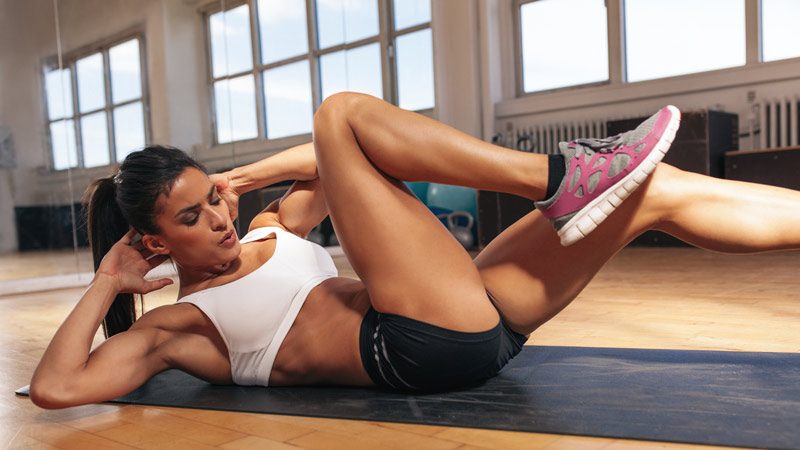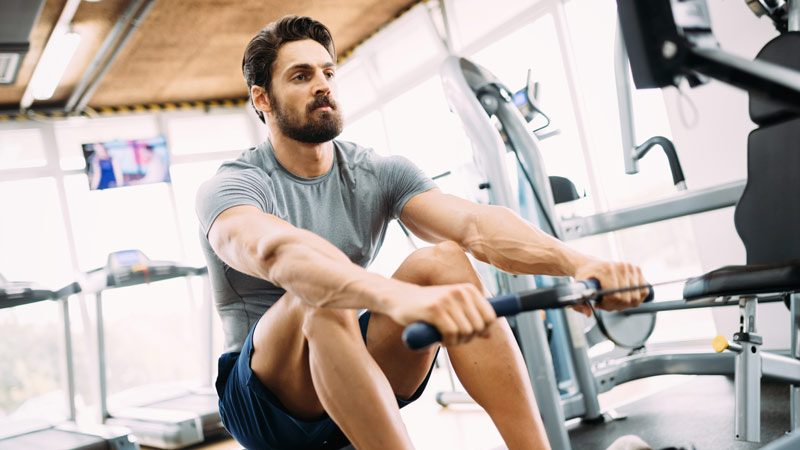Running is a sports discipline with a large number of followers, whose practice allows you to benefit from a large number of healthy effects for the body. One of the recurring doubts of runners is knowing how to train speed in their routines to improve their times. Next, we explain some techniques to increase speed in a healthy and gradual way.
When is speed training necessary?
At the moment a runner begins his training, it is most normal to begin a period in which the mere fact of running constantly will give improvements without the need for special training. Therefore, during this first phase, it is very important to focus on improving times based on consistency, without the need to introduce routines to increase speed.
However, there is a certain point in time when every runner experiences a plateau phase. When your usual routine does not lead to any improvement in overcoming times, it is when the need appears to introduce new formulas to continue advancing in your discipline, be it a marathon, half marathon or distances of 5 or 10 kilometers.
There is a whole series of exercises on how to train speed, but as we have indicated, these should begin to be developed once your speed as a runner does not show improvements after a period of work.
5 exercises to train speed
Among the different types of training to improve speed, there are several essential methodologies that will provide you with the additional work you need to exceed your marks.
1.Fartlek
The fartlek is a type of training that can be carried out in any space and that is based on alternating phases of running and jogging. To define each phase, it is necessary to take into account the times and not the distance covered: the races must be carried out quickly, at the intensity of a 5 or 10 kilometer race, while the jogging or recovery periods must be carried out at a brisk pace.
2. Method 30-20-10
Based on the effect of rhythm changes, this workout is similar to the fartlek but is set up in a more controlled fashion. It consists of several phases, the first of which involves an easy warm-up (10 min), followed by a series of 30-20-10 intervals (30 min easy pace, 20 min 10K pace, and finally last, 10 min at high intensity). After these intervals, which should be repeated between 3 and 5 times, you go to a recovery phase (2 min. walking), after which you return to a new batch of intervals, with the number of repetitions that you consider appropriate according to your level as a runner. Finally, the last 5 min. They are used to slow down through a light jog that ends with the stretching phase.
3.Time
The tempo is based on consistency and not so much on alternating different intensities like the fartlek. The ideal is to use a slightly more moderate pace than in the 5 kilometer routines. You can opt for a constant race until you reach 10 kilometers or, conversely, set longer intervals with short recovery periods.
4. Intervals
In this type of training to improve speed, an intensity equal to or greater than 5 kilometers can be used. It is based on the repetition of distances -from 200 to 1,500 meters- and the recovery periods are short.
5. Slopes
An alternative version to intervals, only in this case the repetitions are done in climbs. It is a training that demands a high level of effort, and in which it is convenient to regulate the intensity so that it does not exceed 90% of the maximum heart rate.
Improvement of the physical condition of the runner
In addition to the specified speed training exercises, it is important to consider other aspects to improve performance, whatever your level as a runner. In order to overcome the marks, it is necessary to incur in an improvement of the physical qualities to obtain good results.
Each runner starts from a different level and has certain objectives, which is why there is no predefined training that serves to make up for individual deficiencies. For this reason, each athlete must configure additional training as it serves to improve his physical condition, not only through how to improve speed, but also to increase factors such as resistance, flexibility and strength.
A very common mistake in runners is to neglect these aspects and focus solely on overcoming marks through speed exercises. The overall physical condition of the athlete implies the possibility of being a complete athlete, capable of overcoming each new challenge through the work of the muscles.
Before starting to carry out any of the workouts explained, it is necessary that your body has undergone a sufficiently demanding period of work to raise the level without suffering injuries. Some general guidelines that will indicate that the time has come to start these practices are to have been running for at least a year, as well as being able to complete at least 25 kilometers a week. Other recommendations would be to be able to complete a competition and have improved times over distances of at least 5 or 10 kilometers.
All the exercises that involve increasing speed and, in general, any routine as a runner, implies very demanding physical work that must be carried out responsibly to avoid injuries. It is very important to follow a series of tips to the letter to develop safe training:
- Whatever training you adopt when it comes to how to train speed, it must be gradual. Exerting an overexertion is a guarantee of insured injury.
- Speed work based on training routines should not exceed 15% of your weekly mileage.
- Warming up correctly is the basis of any physical effort.
- Preparing the body for what any intensive training demands implies taking care of the diet. To improve performance, it is important to avoid excess fatty foods and opt for carbohydrates, which will provide you with the energy you need for your routine. It is also highly recommended to save a prior rest time if you have had a large meal and take into account your glycemic needs depending on the level of intensity that you will carry out.
- Staying hydrated is essential, whatever workout you’re doing. Make sure you drink water and supply your body so that your performance and health are not affected.




